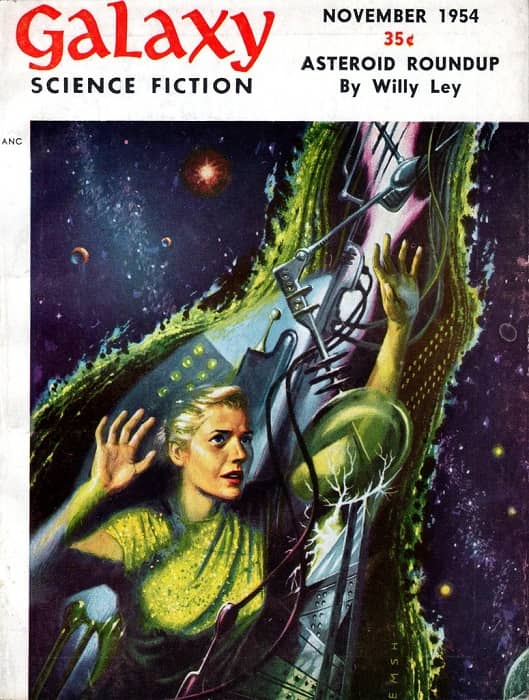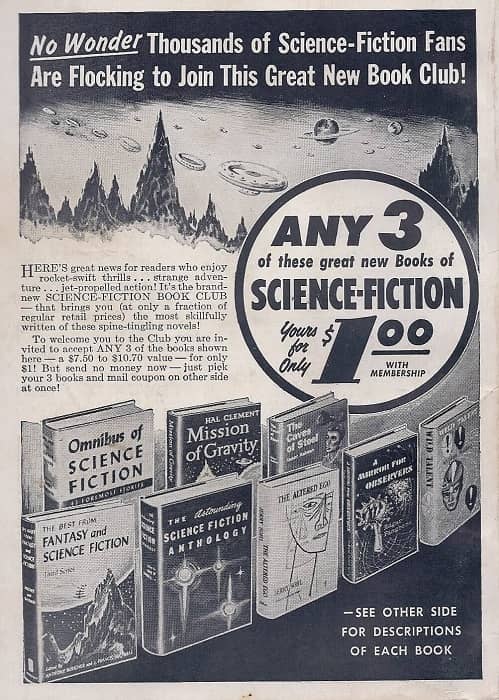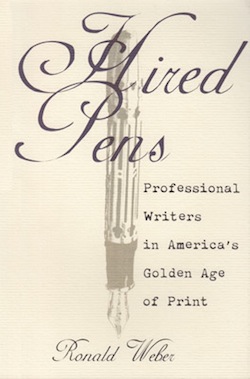Galaxy Science Fiction, November 1954: A Retro-Review
 |
 |
Galaxy Science Fiction, November 1954. Cover by Emsh
Ah, yes, it’s that time again to look back at Galaxy Science Fiction. The rumor that I was traded for a box of unopened board games is untrue. But John has quite the penchant for such things, so I hope no one puts this to the test. I’m quite happy working in the Black Gate office.
The cover, titled “Space-Time in One Tough Lesson,” is by Ed Emshwiller. His birthday was February 16, 1925. And since this is being published less that a week later, it seems fitting to wish him a happy birthday. If he were still alive, he’d be 96 this year.
“How-2” by Clifford D. Simak — Gordon Knight, like so many other people, works a job with very limited hours, allowing him ample leisure time. His hobby is building things, following the directions of various How-2 kits he orders. His latest is for an artificial dog, but he finds a robot kit sent to him by mistake. Rather than sending the kit back immediately, he decides to see if he’s up to the challenge of assembling a robot. But once he assembles Albert, Gordon finds he doesn’t have the heart to send the robot back.
 Last month I posted here about
Last month I posted here about